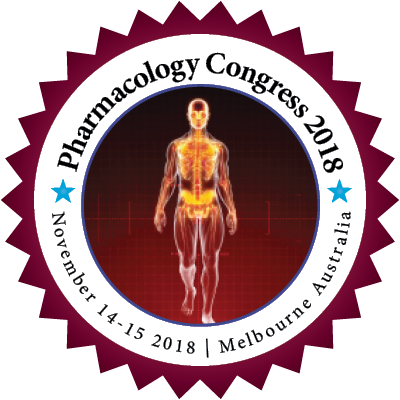
Sunil Gowda S N
Sastra University, India
Title: Effect of Trichostatin A (TSA) upon radiation-induced lung EMT
Biography
Biography: Sunil Gowda S N
Abstract
Radiotherapy is used to treat tumors of different origins and nature. Lung cancer patients significantly depend on radiotherapy for treatment but often lead to development of radioresistance and increase metastasis of cells. It is interesting that radiation induces the epithelial-mesenchymal transition (EMT), a process by which epithelial cells changes to mesenchymal property and gains enhanced tumor progression capability. Our study investigated the effect of Trichostatin A (TSA), a natural derivate isolated from Streptomyces, upon radiation-induced lung EMT and we tried to understand the role of signaling molecules in irradiated lung cancer cells A549. The cancer cells were irradiated at 8Gy of X-ray using LINAC. The cells were divided into four treatment group untreated control (C), Radiation alone (R), Radiation combined with TSA (R+T) and TSA 100nM (T). Radiation enhanced the migration of cancer cells whereas TSA treatment reduced the migration of cancer cells. Radiation-induced lung EMT in A549 cells were evidenced by decreased expression of epithelial marker like E-cadherin, Zona occludin and increased expression of N-cadherin and vimentin. The Snail protein, a master regulator of EMT, was observed to be elevated after radiation treatment. In addition, TGF-ß1 signaling (smad2, 3, and 4) proteins were activated upon irradiation. Western blot data were supported by the altered m-RNA expression of E-cadherin. TGF-ß and Snail genes and this effect were reversed by TSA treatment. In addition to this as supportive evidence, we performed docking studies between snail protein and TSA using auto docking software and results suggested that less binding energy is needed for the putative binding of TSA on C-terminal domain of Snail protein. Based on our report, we suggest that TSA can effectively inhibit radiation- induced EMT (i) by altering epithelial and mesenchymal markers (ii) by modulating signaling molecules of TGFß1 pathway (iii) by inhibiting cancer cell migratory potential in A549 cells (iv) by effectively binding to Snail which is an enhancer of EMT.

